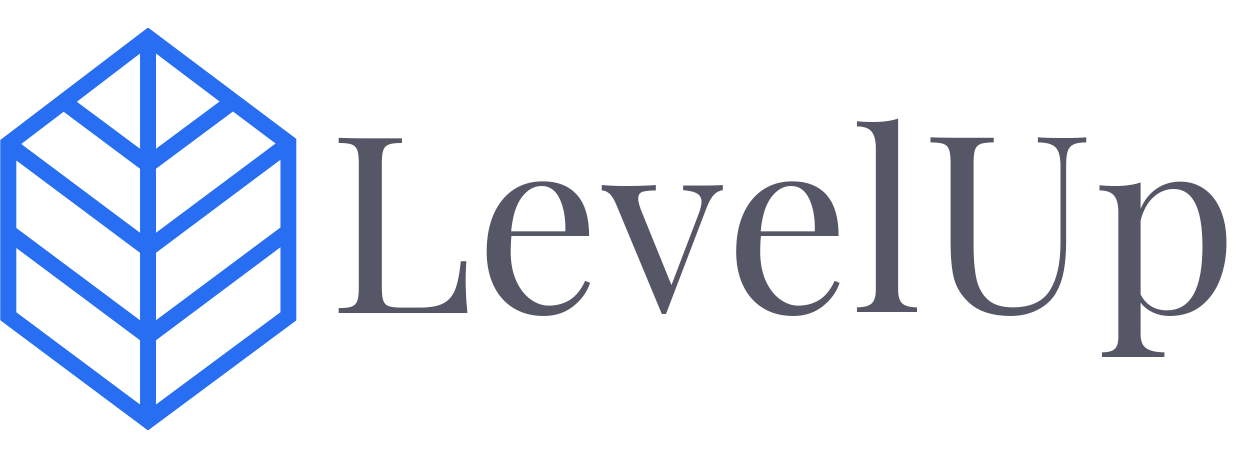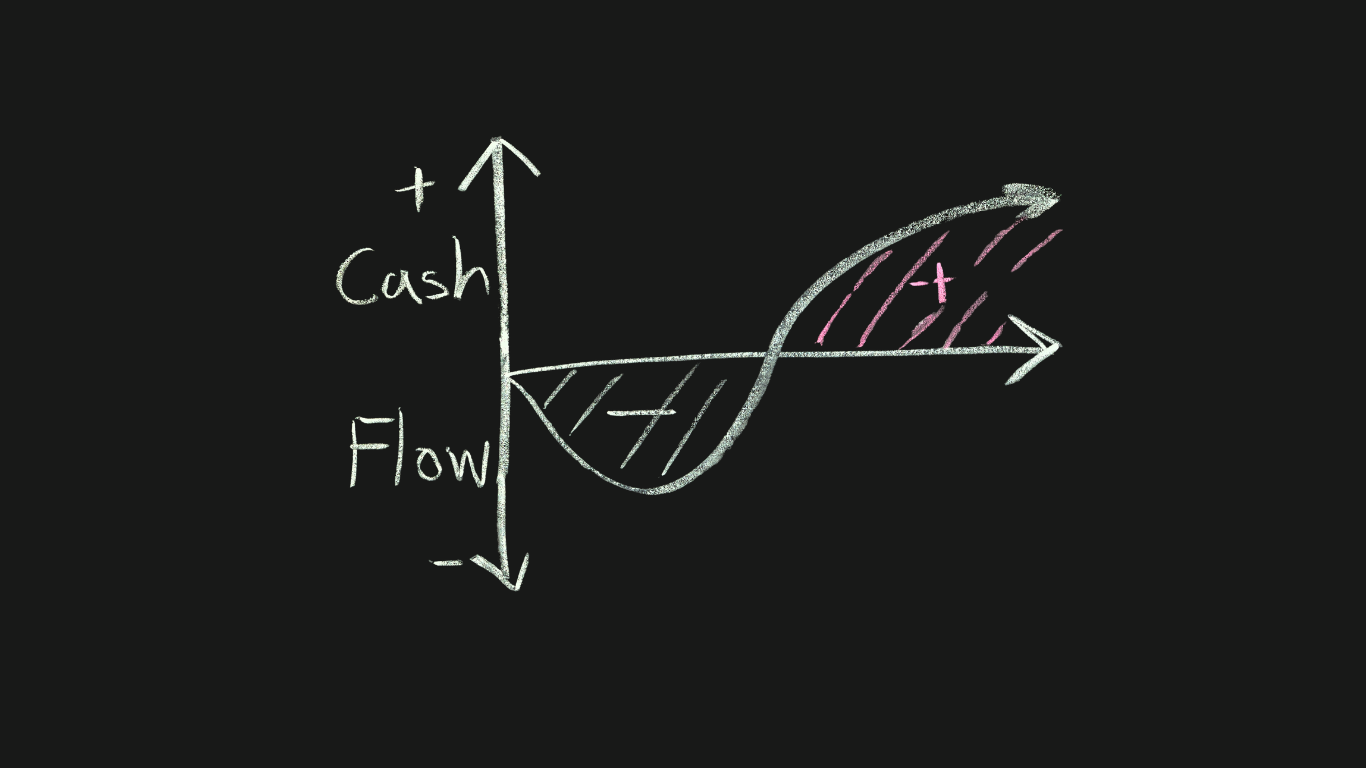For consumer packaged goods (CPG) startups, the pressure to keep costs low while maintaining high product quality is constant. The competitive landscape and rising costs in raw materials, manufacturing, and distribution make it challenging to strike the perfect balance between profitability and quality. However, with the right strategies, CPG companies can optimize their cost structures without compromising the integrity of their products.
Understanding the Cost Structure of CPG Businesses
To optimize costs, it’s crucial to understand the components that make up a typical CPG company’s cost structure. These costs often fall into four main categories: raw materials, manufacturing, packaging, and distribution. Startups tend to be particularly vulnerable to cost fluctuations, as they may lack the economies of scale that larger competitors benefit from.
Additionally, high-growth CPG companies face the challenge of scaling their operations while maintaining brand consistency and product quality. Many startups make the mistake of overinvesting in marketing or expanding their product lines too quickly without fully optimizing their supply chains or cost structures.
Key Areas to Optimize Costs
When looking to reduce costs, there are several key areas where CPG startups can make improvements.
1. Raw Materials and Sourcing
One of the most significant cost factors for any CPG business is raw materials. Negotiating better terms with suppliers or switching to more cost-effective sources can yield immediate savings. However, cutting costs in this area without careful consideration can lead to a drop in quality, which can negatively impact your brand.
Consider partnering with suppliers who can offer competitive pricing through long-term contracts or bulk purchasing. You might also explore alternative materials that offer similar quality at a lower cost. For example, using plant-based packaging or sourcing local ingredients may provide cost savings while appealing to environmentally-conscious consumers.
2. Manufacturing and Production
Manufacturing processes often present numerous opportunities for cost optimization. Outsourcing production to third-party manufacturers (also known as contract manufacturers) can help reduce overhead and capital expenditures associated with owning and operating a production facility.
Additionally, adopting lean manufacturing techniques can help reduce waste and improve efficiency. Lean processes focus on minimizing production bottlenecks and optimizing labor and equipment usage, which can help startups reduce manufacturing costs while maintaining high-quality output.
3. Packaging Innovation
Packaging is a critical part of any CPG product, but it can also be a significant cost driver. Innovative, cost-effective packaging solutions can help reduce expenses without compromising the consumer experience.
Consider using sustainable packaging materials, such as biodegradable plastics or recycled materials, which are not only cost-efficient but also cater to the increasing consumer demand for environmentally friendly products. Reworking packaging designs to reduce material usage can also lower costs while maintaining product protection and visual appeal.
4. Logistics and Distribution
Logistics and distribution are often overlooked areas for cost optimization. Optimizing shipping routes, using regional warehousing, and partnering with third-party logistics providers (3PLs) can help streamline your distribution process and reduce costs.
Additionally, startups can benefit from negotiating better shipping rates with carriers, particularly if they can demonstrate a commitment to long-term partnerships or significant volume growth. Automating the logistics process with the help of technology platforms can also improve efficiency and reduce errors, ultimately saving on costs.
Maintaining Quality While Cutting Costs
Cost optimization should never come at the expense of product quality. Implementing strong quality assurance (QA) processes ensures that even as costs are reduced, the end product meets the high standards that your customers expect.
1. Quality Assurance Processes
QA processes are essential in maintaining consistent product quality. By regularly testing products throughout the production cycle, companies can quickly identify any issues or defects before they reach the consumer. Ensuring the consistency of raw materials, even when switching suppliers or sourcing alternatives, is key to avoiding product discrepancies.
2. Product Innovation and Line Extensions
Cost pressures can sometimes be alleviated by innovating your product offerings. Launching complementary product lines or enhancing existing products can spread fixed costs across multiple SKUs, improving economies of scale. Additionally, expanding your product portfolio can attract new customers or reinvigorate interest from existing ones.
For instance, if you have a best-selling product, consider launching a “lite” version with fewer ingredients or a smaller size. This not only provides a more cost-effective option for your customers but also allows you to sell at a lower price point while retaining profitability.
Case Study – Cost Optimization Without Compromising Quality
Let’s look at an example of a hypothetical CPG startup, “PurelyNatural.” PurelyNatural specializes in organic skincare products. Facing increasing costs in raw materials and packaging, the company needed to reduce expenses while maintaining its reputation for high-quality products.
PurelyNatural decided to renegotiate contracts with their raw material suppliers, securing better rates by committing to long-term agreements. They also switched to a more sustainable, lower-cost packaging option that aligned with their brand’s values. Through these efforts, they reduced costs by 15% without any noticeable change in product quality. The savings were reinvested into product innovation, resulting in a new line of eco-friendly skincare items that increased overall sales by 20%.
Best Practices for Implementing Cost Optimization Strategies
When implementing cost optimization strategies, CPG companies should proceed with caution to ensure that the changes don’t negatively impact the brand or product quality.
1. Gradual Implementation
Rather than making sweeping changes all at once, it’s often wise to implement cost-saving measures gradually. This allows you to test the impact of each change and ensure that it doesn’t affect quality or customer perception.
2. Clear Communication
It’s essential to communicate changes in processes or materials with your team to ensure everyone is aligned. Transparency within your supply chain and production teams helps maintain consistency even as costs are optimized.
3. Monitoring and Adjusting
Track key performance indicators (KPIs) to monitor the success of your cost optimization efforts. Metrics like gross margin, cost of goods sold (COGS), and customer satisfaction can help you determine whether the changes are yielding the desired outcomes.
A fractional CFO can be instrumental in helping CPG startups identify areas for cost optimization, manage the financial impact of changes, and maintain quality and brand integrity throughout the process.
Conclusion
Cost optimization in the CPG industry is essential for long-term profitability, but it doesn’t have to come at the expense of quality. By focusing on key areas such as raw materials, manufacturing, packaging, and logistics, startups can reduce costs while maintaining the standards their customers expect. Need help optimizing your cost structures? Contact us today for a consultation, and let’s ensure your CPG startup is both profitable and high-quality.




